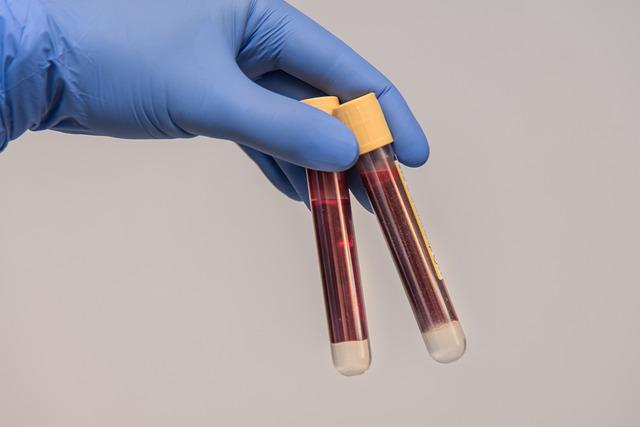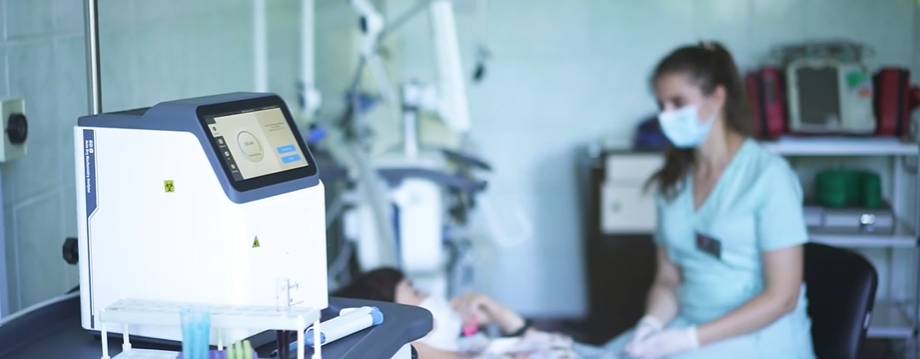Biochemistry analyzer has a high technical content. Supported by the development of science and technology, many high-tech is constantly introduced into the instrumentation. Therefore, new biochemical machines should be used as much as possible. However, due to the many manufacturers, the level of technology varies between different brands of products can not simply use the listed years to respond to its technical level. In the selection of biochemical analyzers, according to their actual work needs to choose the appropriate equipmentis the best choice.
The following main parameters of biochemical analyzer can be considered.
01 Testing speed
Testing speed is one of the important parameters for users to choose a biochemical analyzer. It reflects the ability of the instrument to process samples per unit of time. Test speed is often expressed in terms of the number of tests completed per hour. It should be noted that when a biochemical analyzer is equipped with an electrode section, its test speed can be calculated independently, especially when comparing between multiple devices, it is appropriate to compare the biochemical and electrode sections separately.
There is no uniform calculation method for the testing speed of biochemistry instrument. The test speed marked by the manufacturer is for reference only. In practice, the factors affecting the speed of testing also include the time required to automatically clean the pipeline or the first test result completion time. The general small biochemical analyzer requires a shorter cleaning time.

02 Optical parameters
In addition to the characteristics of spectroscopic technology, the instrument in a certain wavelength range of monochromatic light wavelength (or filter) number should be able to meet the needs of laboratory testing work, usually in the wavelength range of 300 ~ 800 nm, the number of fixed wavelengths should be more than 11. Instrument detector absorbance value range to 2.0 or more, has been able to meet the requirements of the actual clinical work. And the colorimetric cell optical diameter can directly affect the effective range of absorbance values and resolution, the optical diameter is longer, easy to get better sensitivity and precision, but the volume of reagents and samples (minimum reaction volume) will increase.
03 Reagent position and sample loading
The fully automated biochemical analyzers used in clinical laboratories now generally use multi-channel analysis. Its reagent bits should be able to meet the needs of routine biochemical test items. When the laboratory uses dual reagents, the reagent position of the instrument is required to be increased accordingly. If you need to load reagents during the operation of biochemical instruments, most equipment requires access to a special reagent loading program and complete reagent loading between determinations.
Biochemistry analyzers can be loaded with sample trays or sample racks. Sample trays can be used to load a larger number of samples at a time and are mostly used for small and medium-sized instruments. Sample loading by sample rack is the main form of sample loading for large biochemical analyzers because of its flexibility and suitability for laboratory automation of sample transfer. For ease of use, many instruments have dedicated lanes or sample locations for emergency sample testing, as well as dedicated locations for calibrators and quality control products.
04 Environmental requirements
To ensure the normal use of biochemical analyzers, there are certain requirements for their installation environment, such as temperature, humidity, water quality and water (discharge), power supply power and use of space. Use conditions can not meet the requirements, will affect the normal use of biochemical instruments and affect the quality of test results. In the use of uninterruptible power supply system (UPS), should be able to provide power supply in the event of a power failure for 30 ~ 60 min to ensure that the instrument to complete the testing process and processing results.
05 Intelligent monitoring and safety assurance system
To ensure the normal operation of the biochemical analyzer, the equipment is usually equipped with many sensors to monitor the working status of the system and ensure the correct and safe operation of the system. These intelligent detection systems include: liquid level detection, sample clot detection, reagent/sample needle collision protection, bar code identification, automatic sample dilution and retesting, calibration and quality control management, and many other functions. These functions are also seamlessly connected to the Laboratory Information System (LIS) to manage the output data of the biochemistry analyzer.
The intelligent monitoring and safety assurance system of automated biochemistry analyzers is generally associated with an alert system. It alerts the user in case of instrument malfunction. Turning off the monitoring and warning system may pose a quality hazard. Some of the analytical instruments, when encountering malfunctions, can complete the ongoing experiments and then shut down to wait for processing, minimizing losses.


